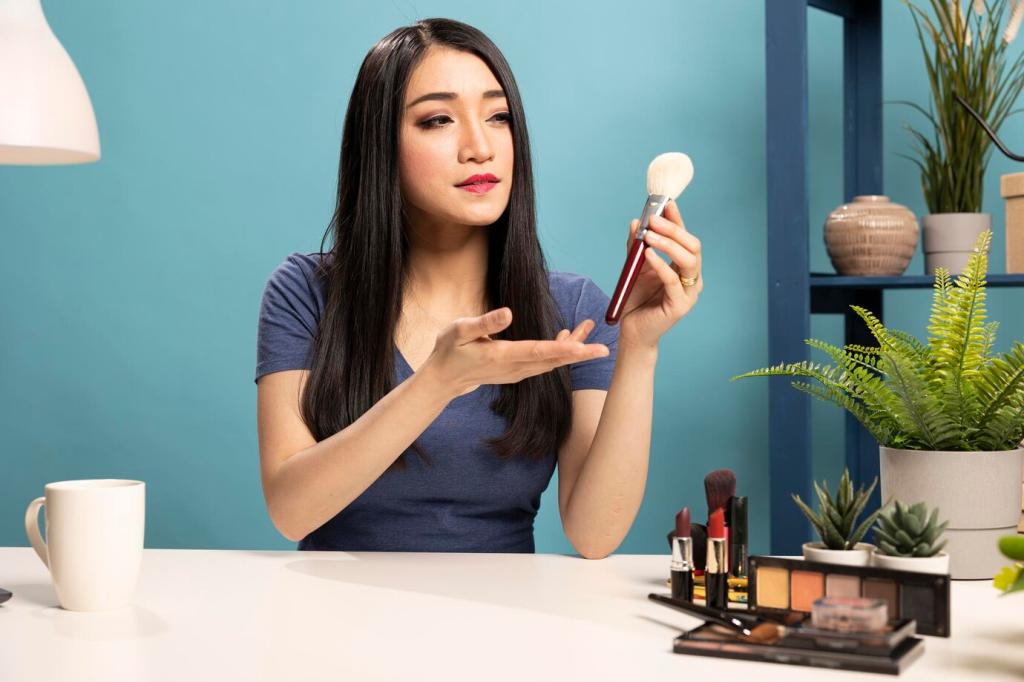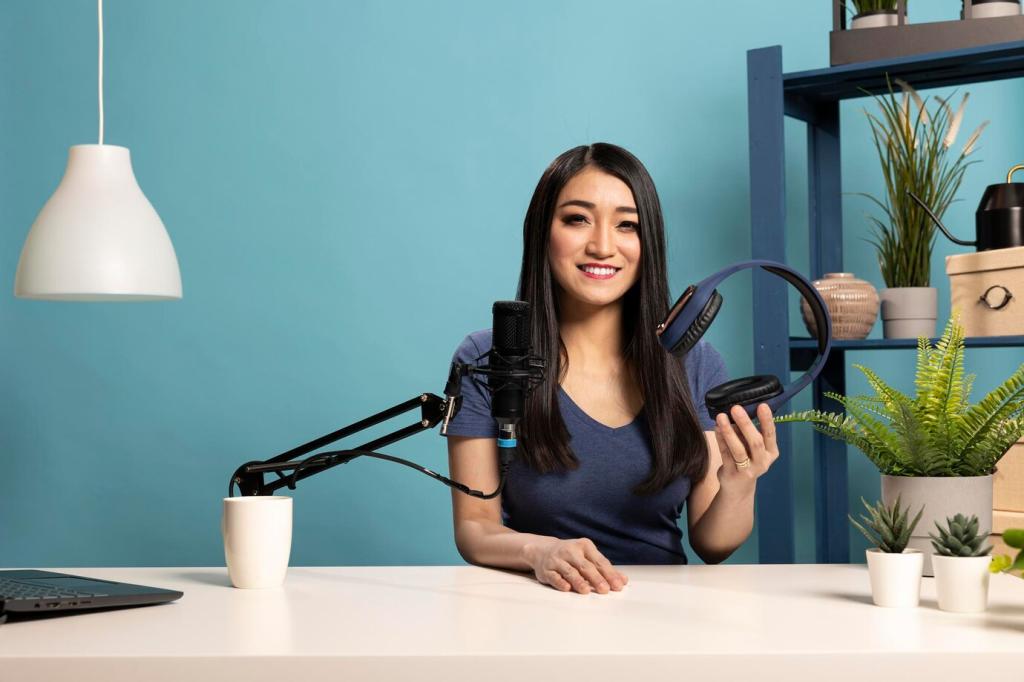SEO for Interior Designers Without Losing Poetry
Build clusters around problems, not buzzwords: small apartment storage, kid-friendly finishes, natural light strategies. Map keywords to pages, then write for humans. Ask below for a cluster map suggestion tailored to your portfolio and location.
SEO for Interior Designers Without Losing Poetry
Think of metas as a 155-character showroom. Combine a benefit, a style cue, and a gentle next step. Example: “Calm, storage-smart interiors in Portland—see our kitchen transformations and plan your personalized walkthrough today.” Share yours for feedback.
SEO for Interior Designers Without Losing Poetry
Use anchor text that clarifies the destination: “see the mudroom plan,” not “click here.” Connect case studies to services and journal posts to inquiries. Invite readers to suggest where links felt missing during their visit today.





